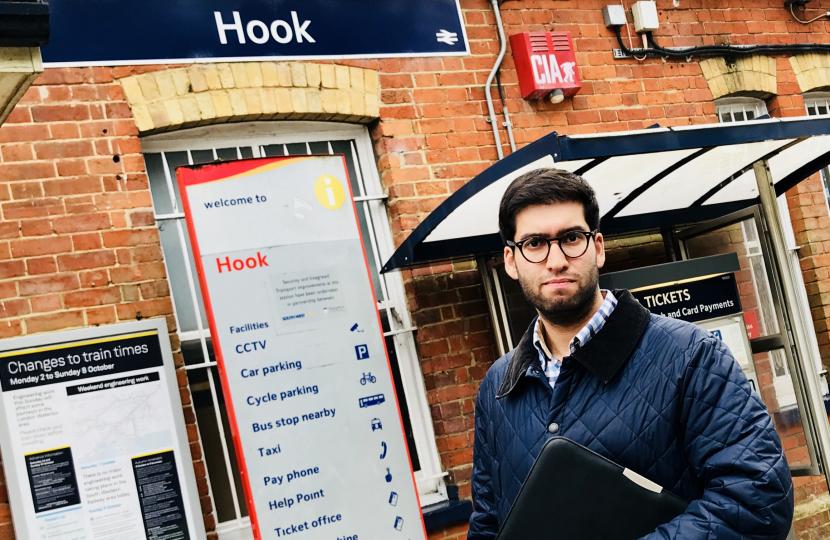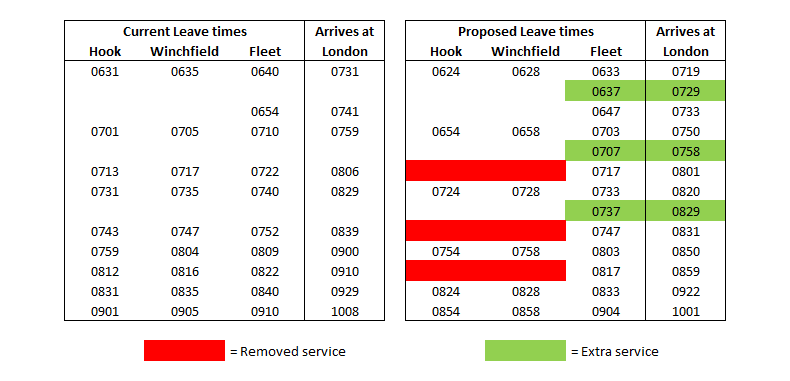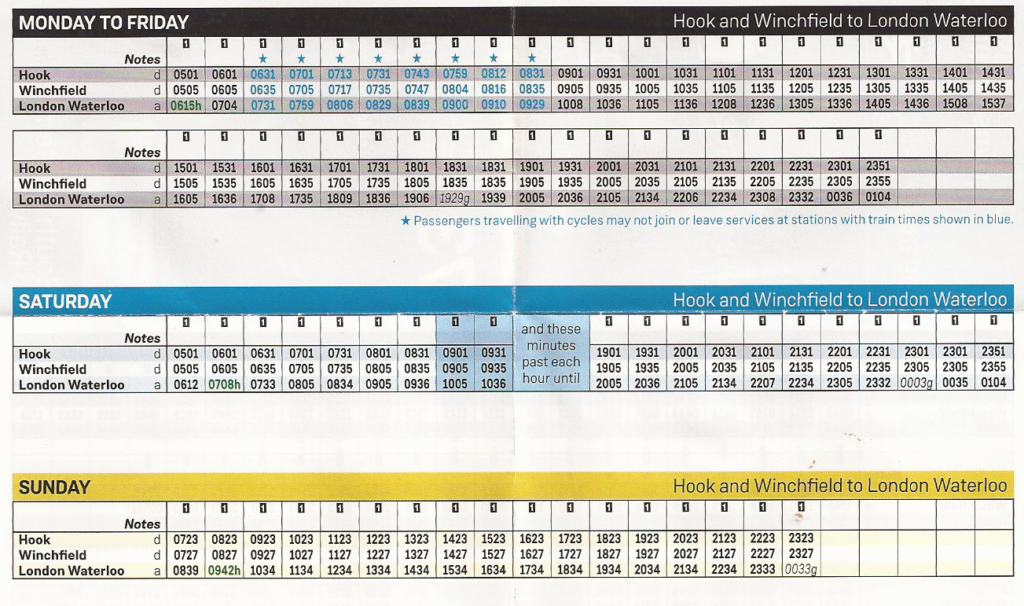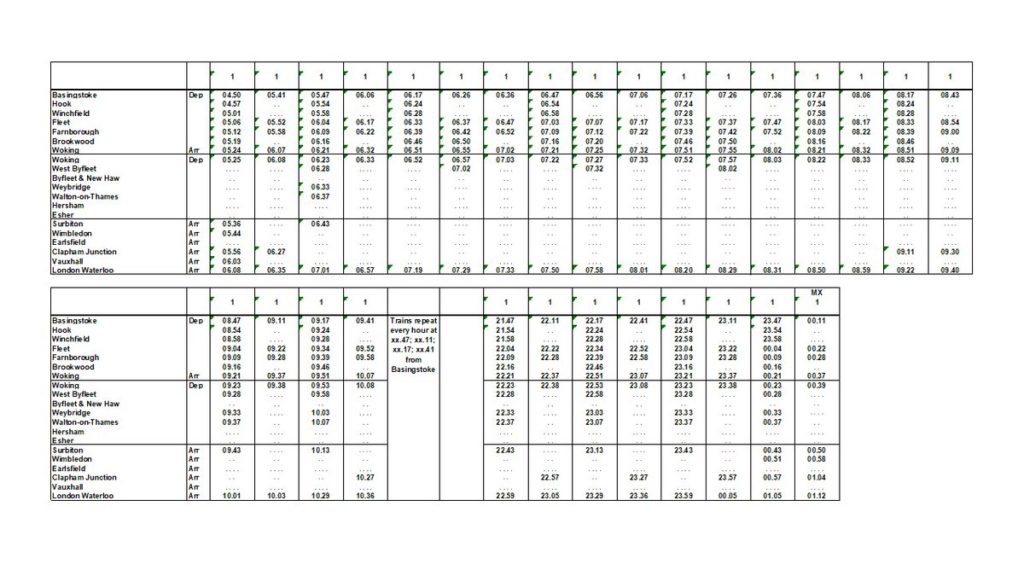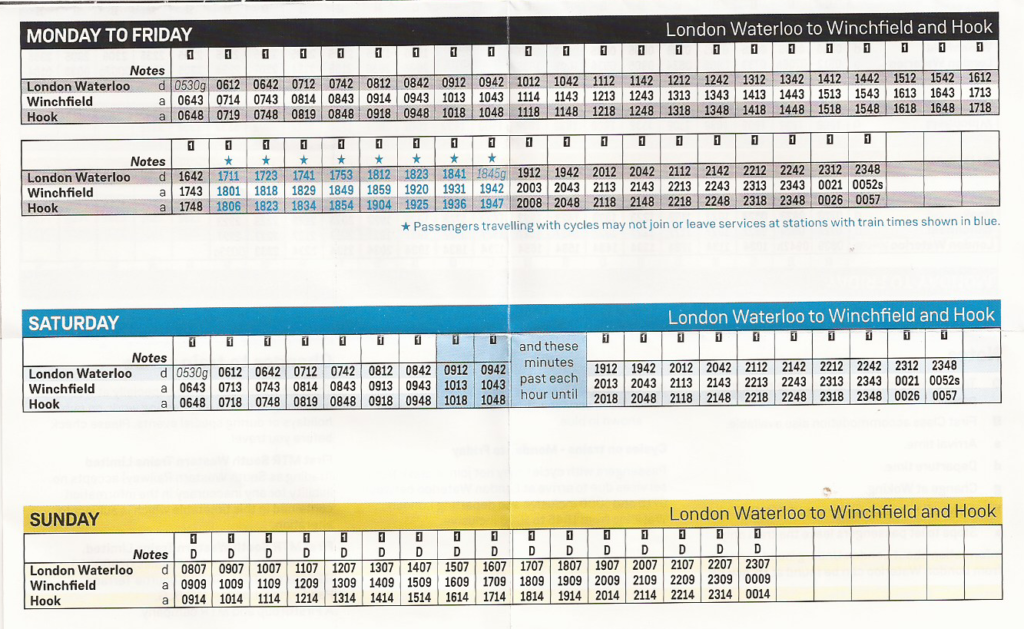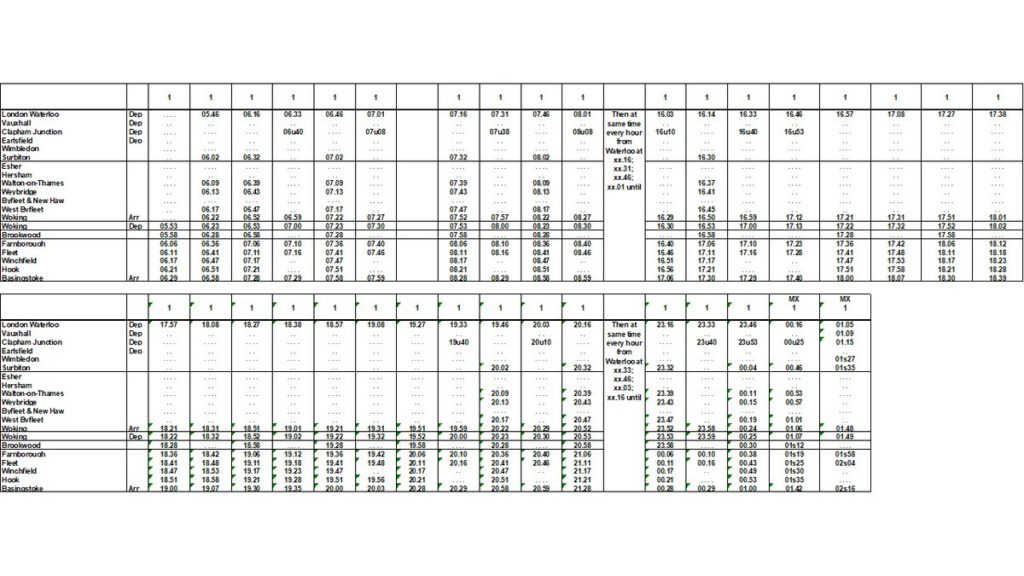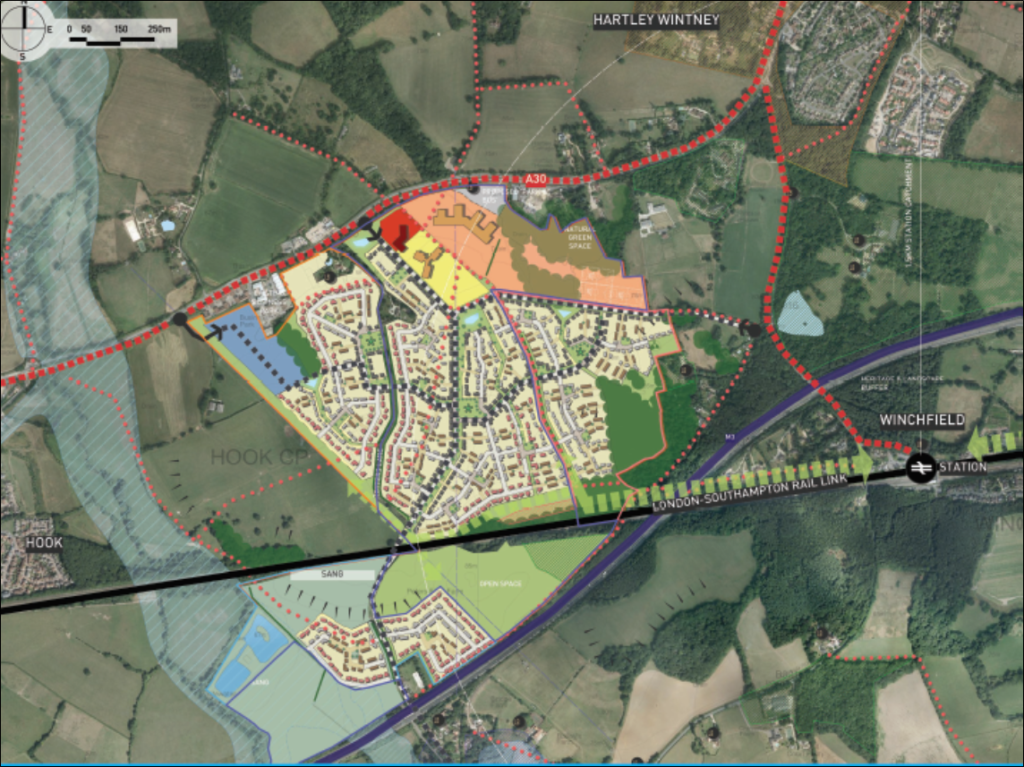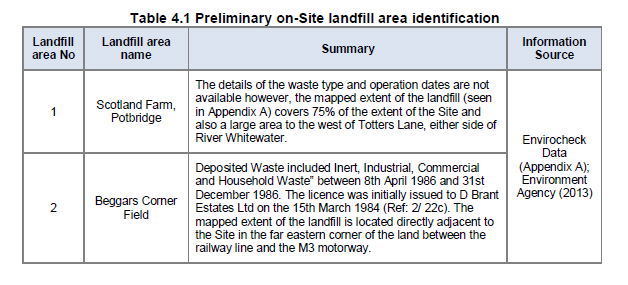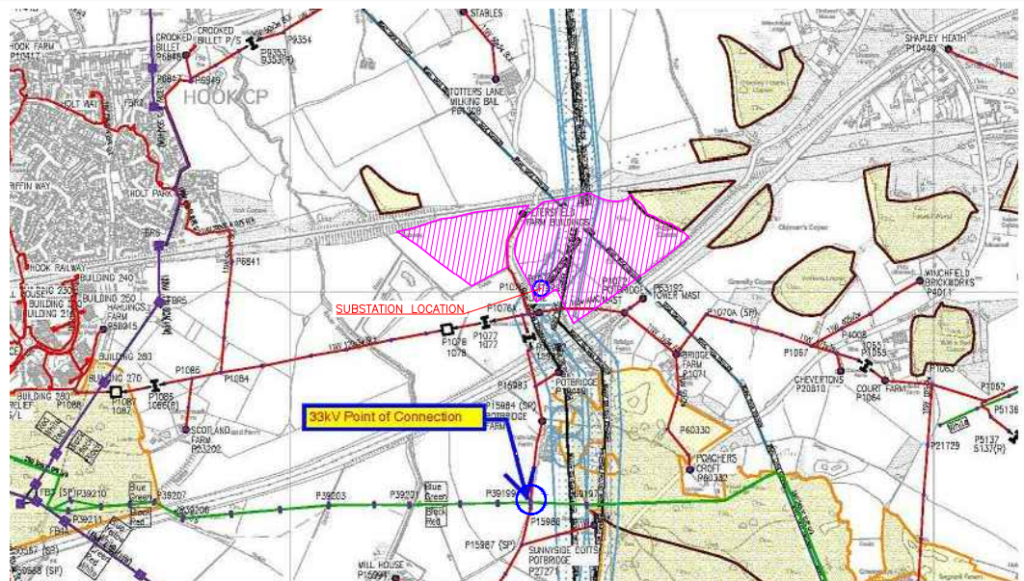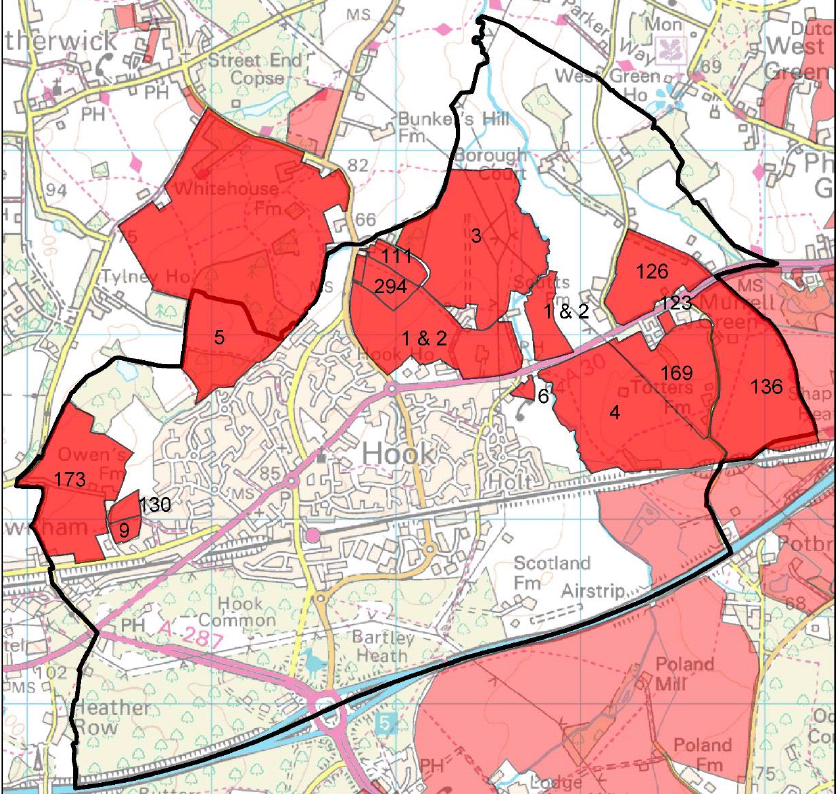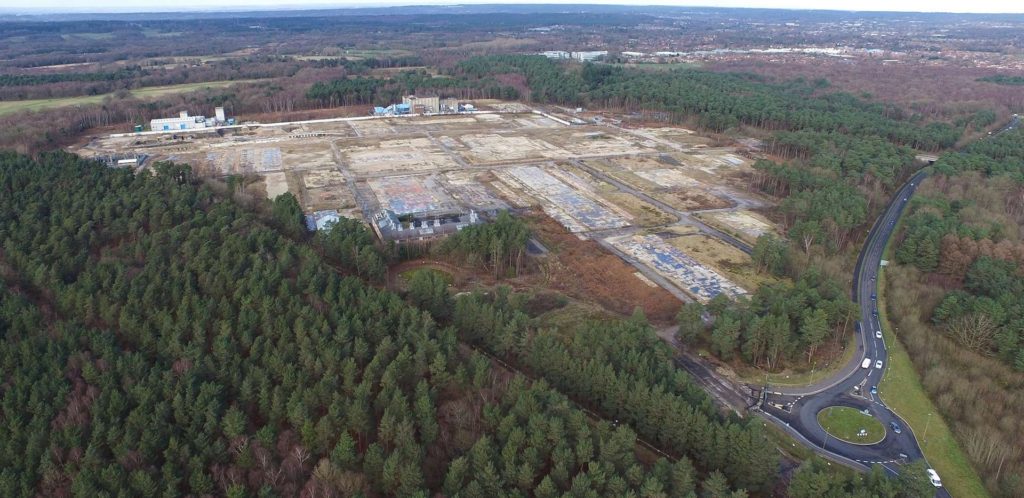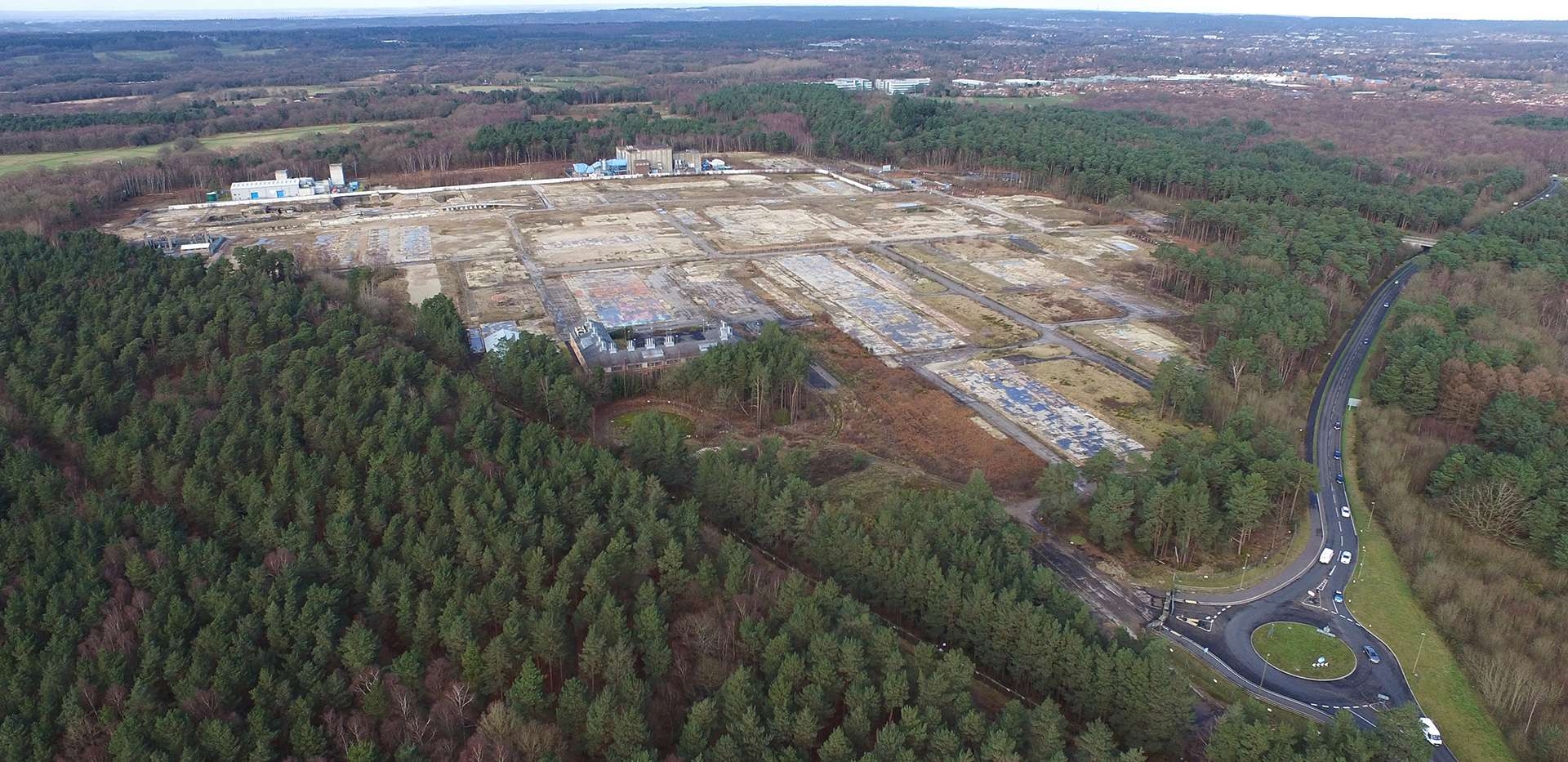Community Campaign (Hart) – CCH hint at keeping a new town in the Local Plan in an opinion piece in this week’s Fleet News and Mail. The full article can be found here. The summary is:
- Building more houses won’t lead to a reduction in prices.
- We need to build more Affordable homes, but set policies that will achieve precisely the opposite outcome.
- The Grove Farm decision is everybody else’s fault. Yet CCH chaired the meeting that failed to make a decision on time.
- There’s a conspiracy to derail and delay the Local Plan, yet CCH have frustrated the process.
- Hint that they must press on with the ridiculous housing target and an unnecessary new town
- Hart must deliver an Infrastructure led Local Plan (whatever that means). Yet they have no idea how to close the £1.2bn funding deficit across Hampshire and £72m in Hart.
In short, CCH have learned no lessons and are pressing on with their failed policies. No wonder they are becoming known as Completely Concrete Hart.
Let’s deconstruct what James Radley has to say.
Building more houses won’t lead to a reduction in prices
First, let’s start on points of agreement. We do agree that within sensible limits, building more houses will not bring down house prices. This is backed up by research by Ian Mulheirn of Oxford Economics, which we reported on here. We also agree the decision to go ahead and develop Grove Farm (Netherhouse Copse), is a bad decision.
Community Campaign Hart policies will achieve the opposite of their objectives
However, we start to part company with Community Campaign Hart when they say we need to build more ‘Affordable’ homes. Yes, we do need more homes that people can afford to buy. But that isn’t the same as building Affordable homes. Take a recent development at Hartley Wintney where the cheapest 3-bed was over 11 times median household income in the district and the cheapest 2-bed was more than 9 times income. Even with a 20% ‘affordable’ discount, these houses are out of reach of most first time buyers in the district.
CCH’s argument is being used to justify Hart’s ridiculous decision to plan to uplift the housing target from the 8,022 in the SHMA to 10,185 units. This is justified on the grounds it will deliver ~800 extra ‘affordable’ homes. As Mr Radley states in his preamble, these extra homes won’t actually reduce prices. All they will do is attract more buyers from London, rather than meet the needs of ordinary people already here. They are doing their best to avoid and ignore the new Government consultation that set Hart’s housing target at 6,132 units, and that includes an affordable housing uplift on the base demographic requirement.
A glut of these ‘affordable’ homes won’t help those who can’t rent or buy, like Mr. Radley’s son. What these young people need is more social housing with cheaper rents. These ‘affordable’ houses won’t help those who can rent, but can’t buy either. These people can probably afford to service a mortgage if they can afford rent, but don’t have enough money for a deposit. Building extra houses won’t help these people either.
We understand that the new Lib Dem/CCH administration has shelved plans for Hart to create its own housing development corporation, which would have provided a significant number of social rented homes. Plans for this company have disappeared from the Corporate Plan consultation, thus reducing supply of social housing.
Moreover, the new Lib Dem/CCH cabinet have recently approved plans to obstruct brownfield development by restricting the supply of council owned SANG. These types of development tend to deliver smaller, cheaper properties. This type of property is more likely to be bought by young people trying to get on the housing ladder.
So, CCH’s actual policies are precisely the opposite of what is required to meet the objectives they have set.
Community Campaign Hart take no responsibility for the Grove Farm decision
Mr Radley blames the inspector for ‘setting aside the democratic expression of will’ in the Grove Farm decision. However, he fails to mention that the council officers recommended that permission be granted. However, we do think Community Campaign Hart is partly culpable because CCH was chair of the planning committee when they failed to determine the planning decision on time. Moreover, CCH caused a delay in the Local Plan last December, when they insisted Winchfield (which had failed testing), be included as an option.
The main reason why the inspector granted permission is that Hart don’t have a Local Plan, and the policies are out of date. The other reason of course is that our housing target is far too high. We have yet to see any public statement from CCH calling for:
- A reduction in the ridiculous housing target.
- More brownfield development.
Indeed, we hear on the grapevine that CCH argued in private for fewer houses to be built at Hartland Park (Pyestock). This puts extra pressure on green field development.
It is simply ridiculous to mourn the loss of Grove Farm, but strongly support concreting over green fields elsewhere.
Community Campaign Hart take no responsibility for Local Plan delays
The article says:
I fear there are some who may have deliberately attempted to derail the Local Plan process in order to achieve planning by appeal and so impose all the housing growth on those areas which already have over stretched schools and congested roads
In other words, he is right, everybody else is wrong, and anybody who disagrees with him is conspiring against him. On the one hand, he claims there’s majority support for his view, whilst arguing there’s a conspiracy against him. This is clearly ridiculous.
What Mr Radley overlooks since the last attempt at a Local Plan was thrown out:
- He has been a councillor for all of that time.
- Mr Radley himself has been a Cabinet member in 2014/15 and again now, in 2017
- CCH delayed the Local Plan consultation last December, by insisting a new town at Winchfield be included, even though it was clear that the proposals had not passed testing
- The previous administration promised a Regulation 19 consultation on the next version of the Local Plan in ‘Winter 2017’. This has now been pushed back until at least January 2018.
- Despite promising in June this year that the responses to the latest consultation would be published ‘in a couple of months’, there is still no sign of them
It is to be hoped he wasn’t referring to us as part of the conspiracy to “derail” the Local Plan. We Heart Hart first highlighted the project management and governance problems back in April 2015 and again in January 2016 after the consultation omnishambles.
We have never seen a CCH member ask a question at council challenging the persistent missing of deadlines. We have never seen a CCH member challenge the ridiculous housing target. We have never seen Community Campaign Hart support brownfield development.
What is an Infrastructure led Local Plan?
This is the $64,000 question, to which we don’t have a proper answer. We think they mean to continue with a Local Plan that includes an unnecessary new settlement at Murrell Green or Winchfield. However, the justification for this falls away, if they adopt the new Government approach to calculating the housing target. If they do accept this, then the remaining housing needs can be met from Sun Park and Hartland Park.
Meanwhile, SWR are proposing to cut services at Winchfield and Hook train stations. This blows a hole in main main argument for siting a new town near Winchfield station.
Even their arguments for a new school are falling away, with latest Hampshire County Council projections showing a new secondary school is not needed.
Looking at the bigger picture, it’s even worse. The latest infrastructure plan from Hampshire County Council shows a £1.2bn funding deficit across the county. £72m of this shortfall is attributed to Hart.
These figures don’t include healthcare or provision of extra care places for the elderly. The overall numbers should be regarded as a minimum figure.
CCH would be much better off working out how to close the existing funding gap. Their policies will result in building more unnecessary housing that will make the problem worse.
It’s time for CCH to realise their mistakes, learn form them and change strategy. They should focus on a realistic housing target and support for brownfield development.


